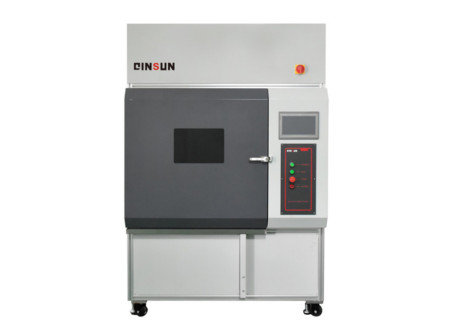
We can provide weather resistance testing for textiles for a variety of applications including: apparel fabrics, carpet and baseboard coverings and industrial tent coverings, curtains, parachutes, automotive interiors, awnings, polypropylene bags, outdoor furniture, geotextiles and more.
Main parameters:
01. Light source: 6500W water-cooled xenon lamp a;
02. Spectral range: full-spectrum daylight;
03. Irradiance closed-loop control range: (307 ~ 1356) W / m2 (300 ~ 800nm) (Boro / Boro inside and outside the filter, other see samples);
04. Irradiance control accuracy: ±0.1W/m2 of the set value;
05. Irradiance intensity uniformity of sample surface: ≦±4%;
06. Irradiance control point: 340nm, 420nm, 300-400nm, 400-750nm, etc. can be selected;
07. Black plate temperature closed loop control range: BST: 40-120℃; BPT: 40-110℃;
08. The number of sample clips can be installed: 65, a total of 3 layers;
09. Total exposure area: 6500cm2
评论
发表评论